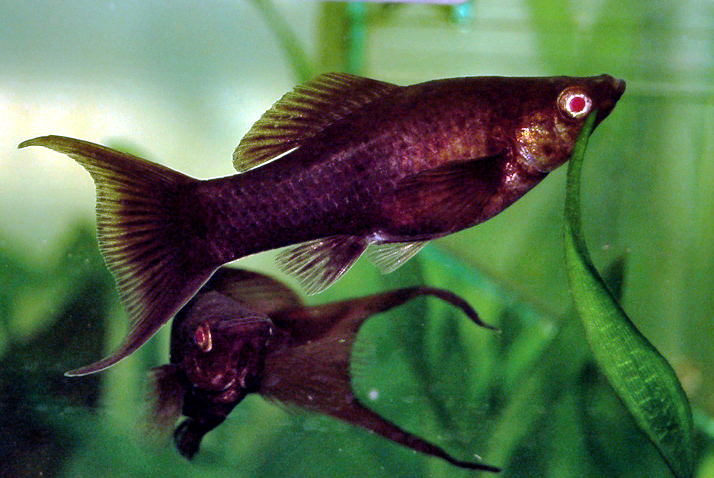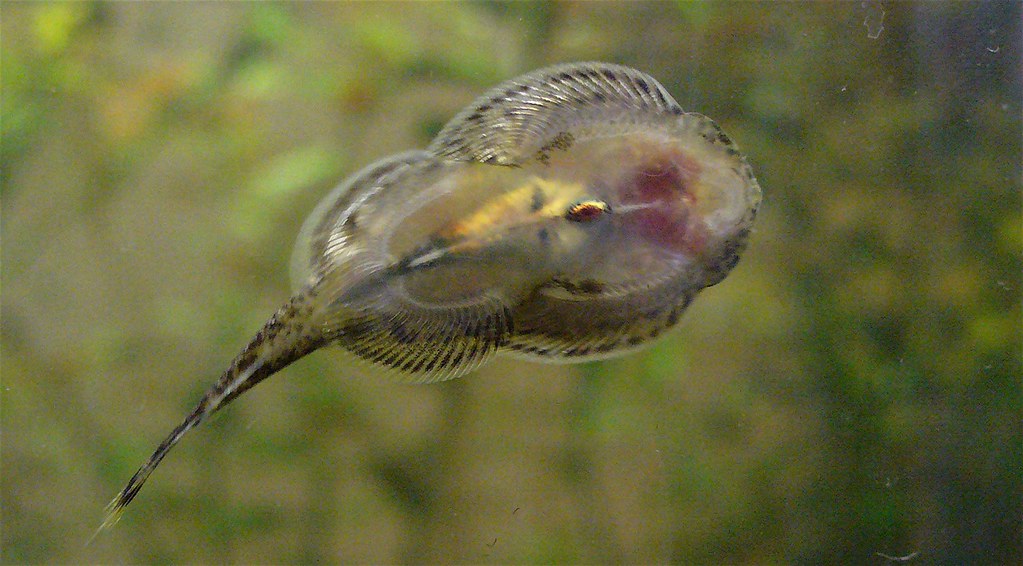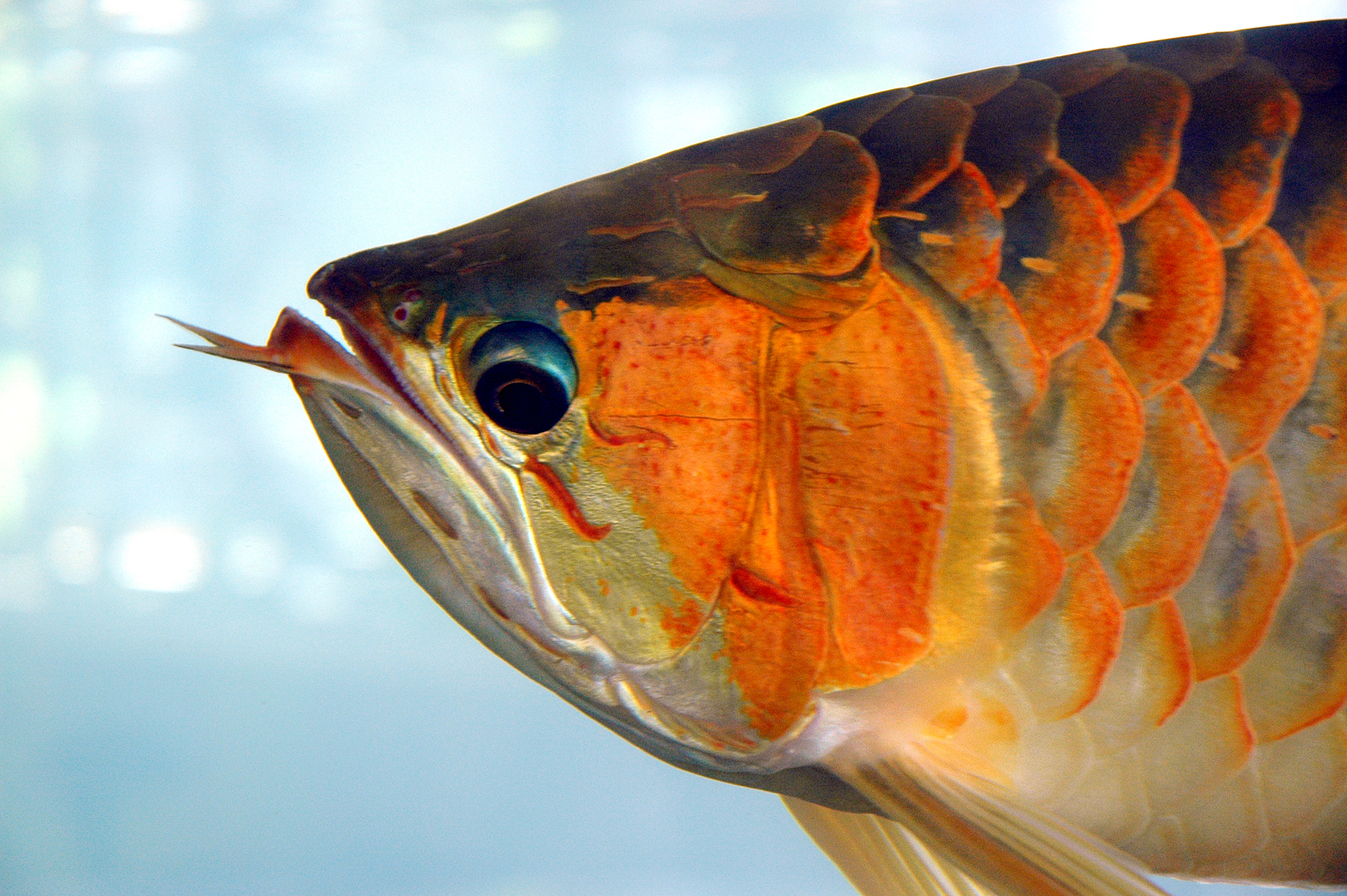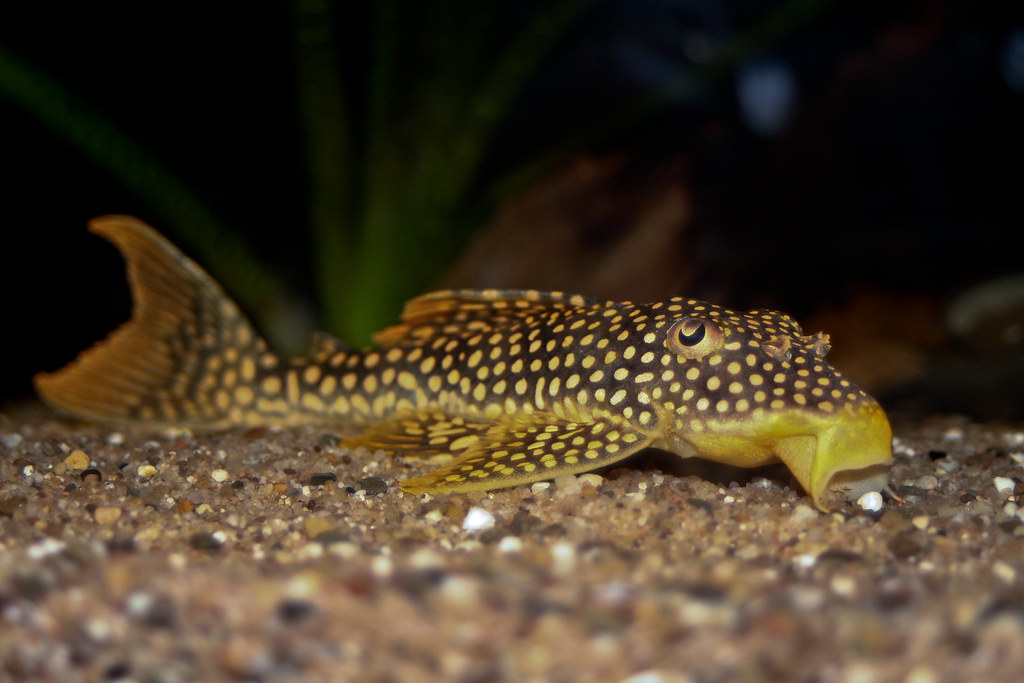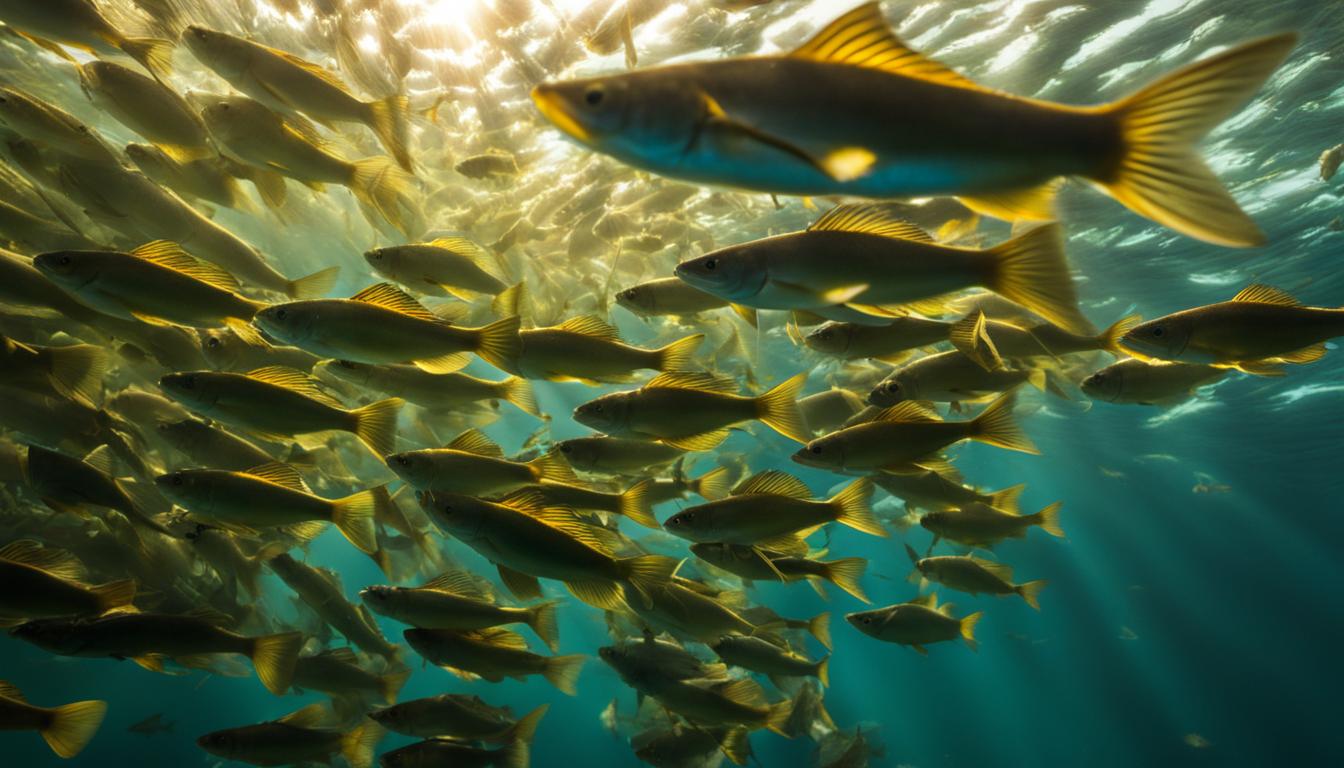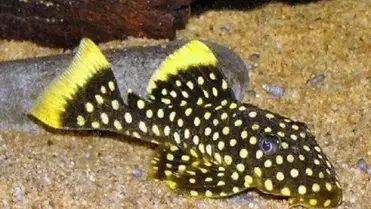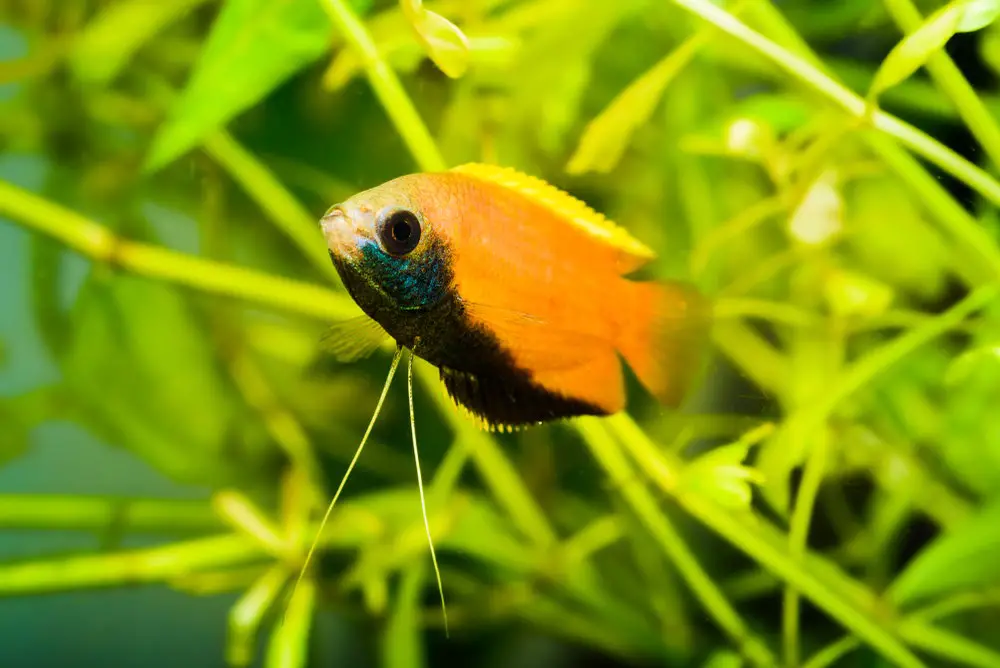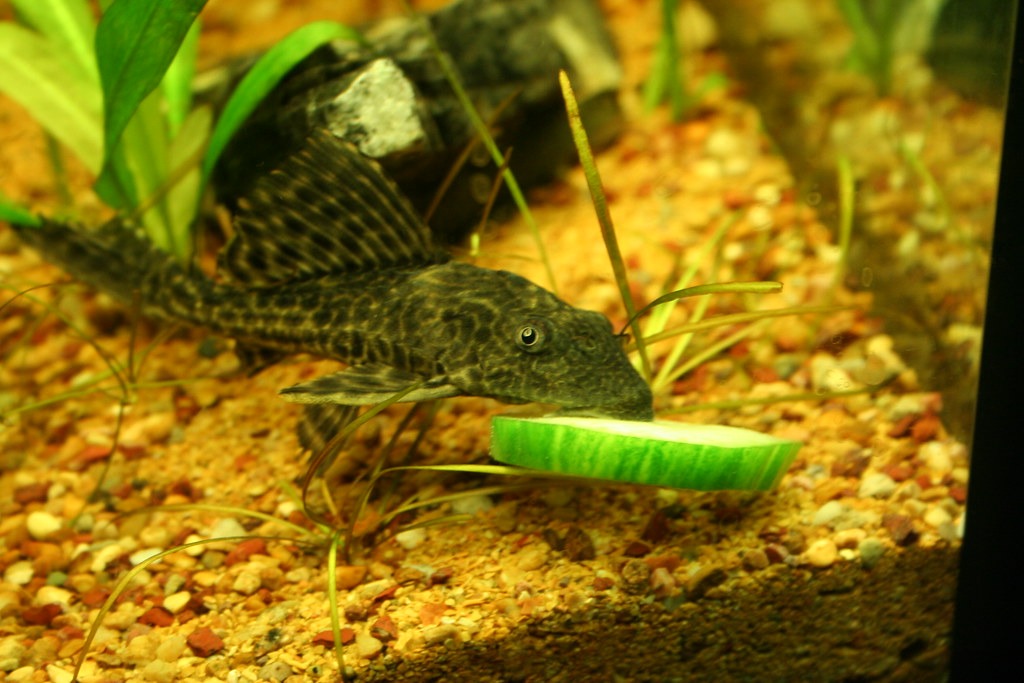Did you know a single female Black Molly fish can have up to 60 babies every 2.5 months? This amazing fact shows how fascinating these fish are. Black Mollies are loved by both new and seasoned fish keepers.
In this guide, we’ll explore Black Molly fish care. You’ll learn about their special traits and how to care for them. This guide is perfect for anyone starting a tank or adding to their fish family. You’ll get all the info you need to keep and breed Black Mollies successfully.
Table of Contents
Key Takeaways
- Black Mollies are hybrid fish created through selective breeding
- They thrive in temperatures between 68-82°F (20-28°C)
- A minimum 30-gallon tank is recommended for Black Mollies
- They are peaceful community fish, ideal for beginners
- Regular water changes and proper feeding are key for their health
- Breeding Black Mollies requires specific conditions and care
Introduction to Black Molly Fish
Black Molly fish, also known as Poecilia sp., are a favorite among aquarium fans. They are part of the live-bearing topminnows family. This family also includes guppies and platies.
What Are Black Mollies?
Black Mollies are a special type of molly fish. They have a deep black color and are very calm. These fish can grow 3-5 inches long and live up to 5 years with good care.
Origin and Natural Habitat
Black Mollies don’t live in the wild, but their ancestors do. Poecilia sphenops, their ancestors, come from North and Central America’s coasts. They can live in both fresh and brackish water.
Popular Varieties and Colors
There are many types of Black Mollies, including:
- Lyretail Black Molly: Known for its distinctive tail fins
- Balloon Black Molly: Features a round body shape
- Sailfin Black Molly: Has enlarged dorsal fins
But the most common color is solid black. Other colors include:
| Color Variety | Description |
|---|---|
| Albino | White body with red eyes |
| Chocolate | Deep brown coloration |
| Gold Dust | Black body with gold specks |
| Orange | Vibrant orange coloration |
Black Mollies’ colors come from a condition called melanism. This makes them a favorite among many aquarium lovers.
Physical Characteristics and Appearance
Black Molly fish are loved for their striking looks. They belong to the poeciliids family. Their unique traits make them stand out in aquariums.
Size and Body Shape
Black Mollies have a sleek body shape. They grow to 4-5 inches long, fitting well in aquariums. Their elongated bodies and pointed fins make them look elegant in the water.
Color Variations
The classic Black Molly is black, but there are variations. Some have a yellow stripe or silver sides. These colors make them even more appealing in aquariums.
Gender Differences
It’s important to know the difference between male and female Black Mollies. Males have a special fin for reproduction. Females have a rounder belly and no such fin. Knowing this helps keep the tank balanced.
| Characteristic | Male Black Molly | Female Black Molly |
|---|---|---|
| Body Shape | Slender | Rounder belly |
| Anal Fin | Modified (gonopodium) | Normal |
| Size | Generally smaller | Usually larger |
Tank Setup and Requirements
Setting up the right fish tank for Black Mollies is key to their well-being. I suggest a tank of at least 29 gallons. But, a 55-gallon tank is even better. This size gives them room to swim and reduces stress.
For their health, keep the water temperature between 75°-80°F (24°-26.7°C). Use a good heater and thermometer to keep the temperature steady. The pH should be between 7.5 to 8.5. Also, the general hardness (GH) should be 12-25 dGH, and the carbonate hardness (KH) should be 10-25 dKH.
Filtration is important for Black Mollies. I recommend using high-flow filters like the Seachem Tidal series for smaller tanks. For larger tanks, canister filters are best. These filters help keep the water clean, keeping nitrate levels below 30 ppm.
When setting up your tank, include:
- Soft substrate for natural foraging behavior
- Live plants for shelter and water purification
- Decorations creating hiding spots
- Open swimming areas
Don’t forget, weekly tank maintenance is a must. Do 25% water changes and test the water regularly. This care keeps your Black Mollies healthy and happy.
Water Parameters and Conditions
Creating the perfect environment for Black Molly fish is key for their health and happiness. As tropical fish, they have specific water condition needs.
Temperature Requirements
Black Mollies love warm waters. I keep my tank’s temperature between 72-78°F (22-25°C). This matches their natural habitat and keeps them healthy and active.
pH and Hardness Levels
These fish prefer slightly alkaline water. I keep the pH between 6.5-8.5 in my tank. They also like hard water, with a general hardness (GH) of 15-30. This reflects their brackish water origins.
Salt Requirements
Black Mollies can live in freshwater but benefit from a bit of salt. I add a small amount of aquarium salt to my tank. This helps prevent stress and disease. But, too much salt can harm other freshwater fish.
| Parameter | Ideal Range |
|---|---|
| Temperature | 72-78°F (22-25°C) |
| pH | 6.5-8.5 |
| General Hardness (GH) | 15-30 |
By keeping these water parameters right, I ensure my Black Mollies stay healthy and vibrant. Regular water testing and changes are essential for their well-being in their freshwater home.
Diet and Feeding Guidelines
Keeping Black Molly fish healthy starts with the right food. I’ll share tips on their diet and eating habits. This will help you care for your aquarium better.
Natural Diet
In the wild, Black Mollies eat everything from algae to small animals. They also enjoy plant matter. This diverse diet helps them stay colorful and healthy.
Commercial Foods
For Black Mollies in tanks, use high-quality flakes, pellets, and frozen foods. Add blanched veggies like spinach or zucchini. This mix is close to their natural diet and supports breeding.
Feeding Schedule
Feed your Black Mollies twice to three times a day. Give them only what they can eat in a few minutes. This keeps them healthy and your tank clean.
| Food Type | Frequency | Amount |
|---|---|---|
| Flakes/Pellets | 2-3 times daily | Small pinch |
| Frozen Foods | 2-3 times weekly | Few pieces |
| Vegetables | 1-2 times weekly | Small slice |
By following these tips, you’ll give your Black Mollies a balanced diet. This will help them stay healthy and vibrant. Remember, the right food is essential for aquarium care and breeding.
Behavior and Compatibility

Black mollies are fascinating freshwater aquarium fish with unique traits. They love warm waters and show interesting social behaviors. I’ll talk about their temperament, tank mates, and shoaling to help you create a peaceful aquarium.
Temperament
Black mollies are peaceful fish, perfect for community tanks. They are calm and rarely aggressive. But, male mollies can be territorial during breeding. To keep things peaceful, make sure your tank has enough space and hiding spots.
Suitable Tank Mates
Choosing the right tank mates for black mollies is key. Look for peaceful tropical fish like:
- Guppies
- Tetras
- Platies
- Corydoras catfish
- Peaceful bottom dwellers
Avoid aggressive or fin-nipping fish for your mollies’ safety. It’s also important to keep a balanced male-to-female ratio. This helps reduce stress and aggression.
Shoaling Behavior
Black mollies are social and love to swim in groups. They show natural shoaling behavior, which means they prefer to swim together. Keeping them in groups of 5-6 or more makes them happier and more colorful. This is very important in larger tanks, where they can show off their beautiful swimming.
| Behavior Trait | Description |
|---|---|
| Temperament | Generally peaceful, occasional male aggression during breeding |
| Social Preference | Shoaling fish, best kept in groups of 5-6 or more |
| Ideal Tank Size | 29-55 gallons for larger species |
| Male to Female Ratio | 1 male for every 2-3 females |
Health and Common Diseases
Keeping your aquarium clean is key for Black Molly fish health. These fish can get sick easily if their environment is not right. Let’s look at some common health problems and how to avoid them.
Black Mollies need specific water conditions to stay healthy. They like a pH of 7.5 to 8.0 and a General Hardness (GH) over 250 ppm. Keeping these levels right helps avoid stress-related sicknesses.
“Shimmies” is a common problem where fish shake. It’s often caused by low mineral levels or temperature changes. Keeping the water between 76°F and 80°F can stop this.
Parasitic infections, like Ich or white spot disease, are also a big worry. Adding salt to the tank (1 tablespoon per 5 gallons) can help fight off these infections.
| Disease | Symptoms | Treatment |
|---|---|---|
| Ich | White spots on body | Increase temperature, add salt |
| Fin Rot | Frayed fins | Antibiotics, improve water quality |
| Wasting Disease | Weight loss, stringy feces | ParaCleanse treatment |
Regular water changes and quarantining new fish are vital. By keeping the right conditions and watching closely, you can keep your Black Mollies healthy and happy.
Breeding Black Molly Fish
Breeding black mollies is exciting for fish lovers. These live-bearing fish reproduce a lot, making them great for breeding. I’ll show you how to breed black mollies and care for their fry.
Breeding Requirements
To breed black mollies well, you need a 29-gallon tank. The water should be 75-80°F (24-27°C). It’s important to have 2-3 females for every male to keep the females calm.
Pregnancy Signs
Females can get pregnant many times from one mating. The pregnancy lasts about 7-8 weeks. You’ll see the female’s belly get bigger as she’s about to give birth.
Fry Care
A female black molly can have 40-100 fry at a time. It’s best to keep the fry away from adults. Give them lots of hiding spots and special fry food. As they grow, start giving them the same food as adult mollies.
| Aspect | Details |
|---|---|
| Tank Size for Fry | 45 gallons (170 liters) |
| Fry Growth Period | 4-9 months until rehoming size |
| Adult Size | Males: 3 inches (7.5 cm), Females: 5 inches (12.5 cm) |
| Lifespan | Average 3 years, up to 5 years |
With the right care, you can breed black mollies and raise healthy fry. Remember, genetics affect the traits of the fry. So, expect different colors and patterns in the new generation.
Maintenance and Care Tips
Keeping your Black Mollies healthy is all about proper aquarium care. I’ll share some key tips to help you maintain a thriving environment for these beautiful fish.
Water Changes
Regular water changes are essential. I recommend changing 20-30% of the water every week. This helps remove toxins and maintain stable water parameters. When changing water, make sure the new water is the same temperature as the tank water to avoid stressing your fish.
Tank Cleaning
Clean your tank regularly to keep it in top shape. Use a gravel vacuum to remove debris from the substrate. Wipe algae off the glass and decorations. Don’t forget to clean your filter media monthly, but avoid replacing all of it at once to preserve beneficial bacteria.
Plant Care
Live plants are great for your Black Molly aquarium. They provide oxygen and help maintain water quality. Trim plants as needed and remove any dead leaves. Some easy-to-care-for plants include Java Fern and Anubias.
Remember, consistent aquarium care is key to a healthy fish tank setup. By following these maintenance tips, you’ll create a stable environment where your Black Mollies can thrive. Keep an eye on water parameters and adjust your care routine as needed.
Choosing and Buying Black Mollies
Choosing healthy Black Molly fish is essential for a thriving aquarium. Look for fish that are active, have clear eyes, and vibrant colors. They should be swimming well in the store tank, not hiding or struggling at the surface.
Consider the size of the fish. Adults are usually 4-5 inches long. You’ll need a tank of at least 20 gallons for them to thrive. Bigger tanks are even better for these energetic fish.
Think about the gender ratio when picking your Black Mollies. It’s best to have 2-3 females for every male. This helps avoid stress from breeding and keeps your aquarium peaceful.
| Characteristic | Healthy Black Molly | Unhealthy Black Molly |
|---|---|---|
| Eyes | Clear and bright | Cloudy or bulging |
| Fins | Intact and spread | Torn or clamped |
| Body | Smooth, no spots | White spots or growths |
| Behavior | Active swimming | Lethargic or hiding |
It’s important to buy from reputable sources. Local fish stores are great because you can see the fish first. Online, choose sellers with good reviews and live arrival guarantees. Once you bring your Black Mollies home, acclimate them slowly to their new tank. This helps them adjust smoothly.
Conclusion
I’ve shared all you need to know about Black Molly fish care. These elegant fish can grow up to 4-5 inches long. They do well in tanks of at least 20 gallons and can live for about 5 years.
Black Mollies like warm waters, between 75-80°F, and a pH of 7.5 to 8.2. They breed a lot, with females having up to 100 fry every 30 to 60 days. For a peaceful tank, keep at least 5 mollies together, with 2 females for every male.
Black Molly fish have varied diets and stunning colors. They’re great for both new and experienced fish keepers. With the knowledge from this guide, you can create a great home for these beautiful fish. Happy fishkeeping!
FAQ
How big do Black Molly fish get?
What’s the ideal tank size for Black Mollies?
What water temperature do Black Mollies prefer?
Are Black Mollies compatible with other fish species?
How often should I feed my Black Mollies?
Do Black Mollies need salt in their aquarium?
How can I tell if my Black Molly is pregnant?
How often should I change the water in my Black Molly tank?
Can Black Mollies live in outdoor ponds?
How long do Black Molly fish typically live?
References
National Aquarium Society (NAS)
Ornamental Aquatic Trade Association (OATA)
I am a passionate aquarist with over 30 years of hands-on experience in fishkeeping. My journey began at a young age, collecting fish from the wild and learning through experimentation. Specializing in tropical fish, I bring a deep understanding of the hobby to FishKeepingMadeSimple. The site provides honest, detailed reviews of essential products and accessories to help fellow enthusiasts create the best environments for their fish.

